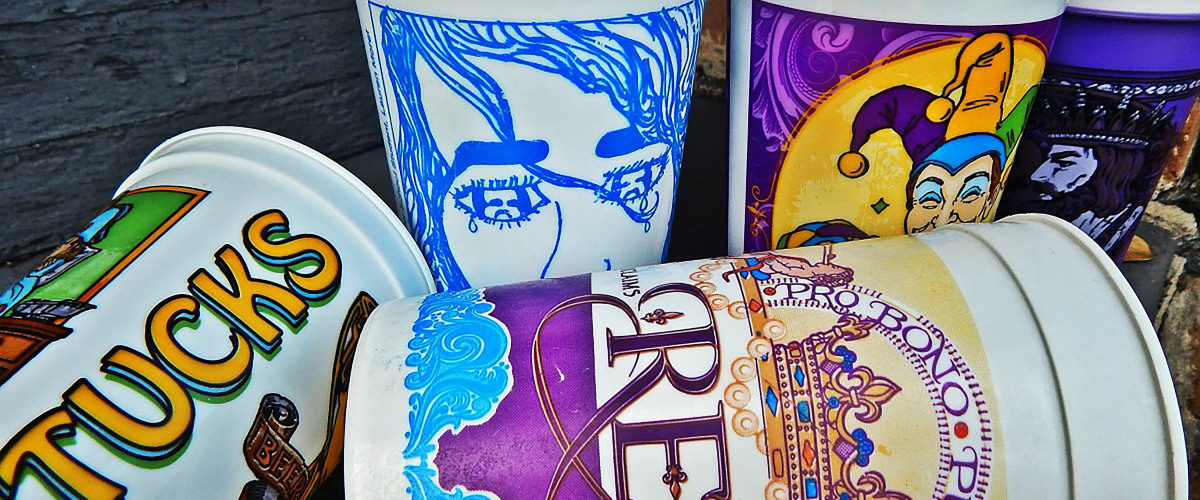The Interviewer will be referred to as ‘I’, and the informant as ‘C’. Translations for Hindi words will be italicised and in parentheses. The Informant is a 43-year-old Sindhi man, born and raised in Maharashtra, India.
C: This is like our own desi (of the country, essentially self-reference by South Asians) evil-eye. To ward off evil.
I: Great! So, what is it?
C: We call it nimbu-mirchi (lemon-chilli), I don’t know if it really has an official name, but basically you have… you thread lemon and green chillies, alternately, and you make about a six-inch length thread, and normally, you know how you have the evil eye? I think it’s an Egyptian concept, the eye to ward off evil? That’s kind of a similar thing, this is our way of warding off nazar (the evil eye, bad luck). So that is something, even now, when people buy a new car, a new house, a new office, or during poojas (prayer), this, that, the other, a new baby is born, weddings, whatever… it’s a very standard thing to put this. You’ll find it hanging, dangling under every single truck on the road, they still have it. They’re sold at all traffic lights, you’ll see some people, street-sellers going around with nimbu-mirchi pieces. And Saturday is like a special day when everybody’s supposed to buy it and do it. Like, that shani (Saturn, and also the prefix to the word for Saturday, but it is also used to refer to negativity), right? Something like that—shani bhari hoti hai (Saturn, and therefore Saturday, is heavy, and the negativity associated with it), or whatever. You even use chillies and salt, or lemons and chillies to remove nazar from people, you take it and swish it around their entire body to lift the nazar. My niece used to have a lot of chest congestion, colds, it was like her chest wasn’t even clear for four days in a month… we did it for her, my mother did, because she believed it was nazar. I know my friend’s mother did the same thing for her grandson too, it’s very common.
Analysis:
The idea of nazar is very common within Indian culture, and so is this particular ritual of removing or preventing it. Anywhere you go, you will probably see a nimbu-mirchi dangling somewhere, from the rearview mirror of a car, to the entrance of somebody’s house. Similarly, the chilli-salt/chilli-lemon ritual along with a chant or prayer is very common to alleviate people of strange, persisting illnesses or odd, out of character behaviour—another account of this can be found in “White Things: An Account of Demon Possession”, at http://uscfolklorearc.wpenginepowered.com/white-things:-an-account-of-demon-possession. Indians are largely a spiritual people, we like knowing things are auspicious, bringing good luck and warding off the bad, often relying on cultural superstitions and practices. So, culturally, both of these things make sense: the ritual, as well as the folk object that the lemon-chilli string is. What these practices convey falls within a very prominent folk belief: negativity (that comes with Saturn, as well as with negative emotions and the evil eye) must be warded off, discouraged, and good luck and blessings can be attracted, through poojas (prayer) and physical symbols of luck like the nimbu-mirchi, along with a person’s own lifestyle and deeds (their karma).

